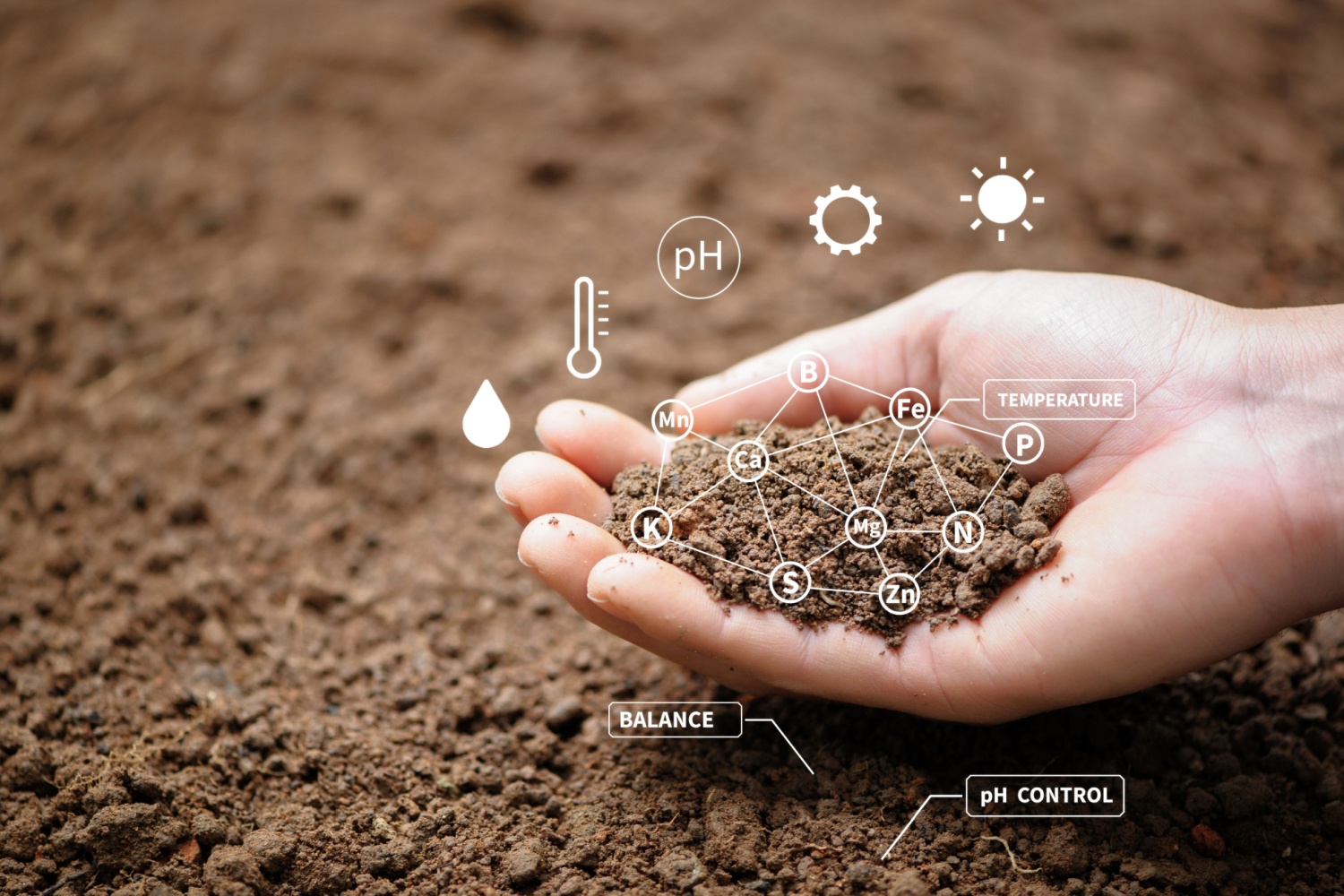It’s a word, a practice and approach, and a product that has become more well-known in agriculture over the past decade: biologicals. These include plant protection products and inputs based on living organisms that support soil health, plant nutrition, and defense against pests and diseases.
What may not be widely understood, however, is just how diverse biologicals can be.
Courtney Shriver of Novonesis explained that many in the biological space are focused on developing both products and holistic approaches. For example, in the soil itself:
“You have rhizobia naturally in the soil, and the inoculant is adding additional rhizobia into the soil, which helps with early-season efficiencies, improves yield, and helps with early-season stress,” she said.
Another approach, as presented by Cory Nikkel of Indigo Ag:
“We fit into a portion of that that would be considered microbials, or living organisms that are applied to the seed. And so these are beneficials that, through bioprocessing, render them dormant and put them into a flowable talc powder, which is applied to the seed at planting time.”
There are also post-emergence biological products—something for any challenge a grower may need to address, including:
“Insect control, disease control, yield, nitrogen—those types of things,” Nikkel added.
Then there’s the study of specific biologicals and their contributions, such as what New Leaf Symbiotics’ Brett Smith describes as—without saying it 10 times fast—pink pigmented facultative methylotrophs (PPFM). Smith said this is just one example of the years—or even decades—of research needed to bring biologicals to market.
“It took us eight years to figure the science out,” Smith said. “And part of that is you have to figure it out in a lab. Before you even get to a lab, you have to sequence. So we have 12,000 strains of this PPFM microbe family in our library. 6,500 of those are sequenced. We work with about 100. Once you have those 100, then you’re working in a lab, then you’re working in a greenhouse, and then you’re working in the field—getting years of data. So we had eight years of data before we ever sold our first acre.”


